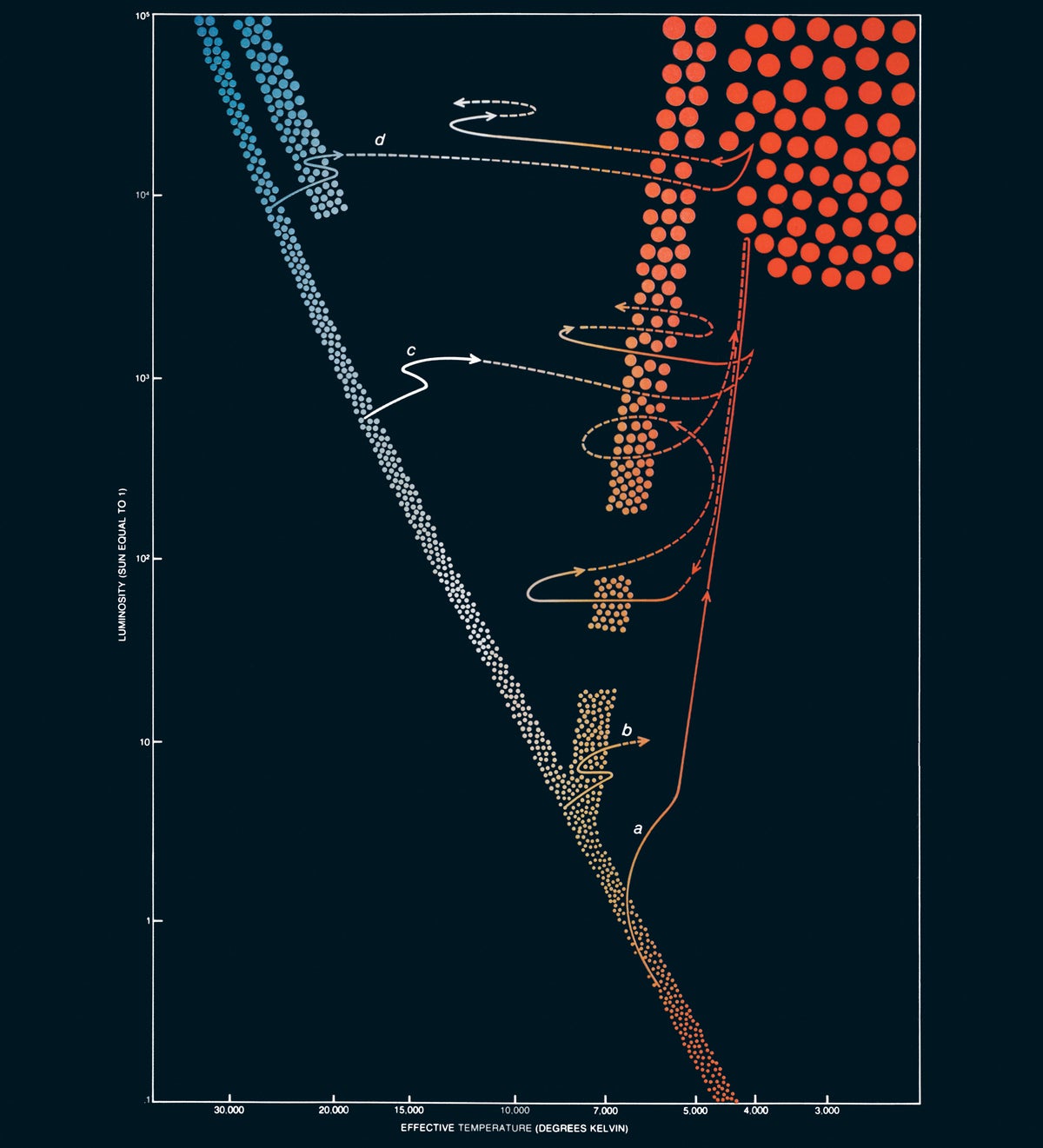Now Reading: Milestones in Science: A Look Back 50, 100, and 150 Years Ago (June 2025)
-
01
Milestones in Science: A Look Back 50, 100, and 150 Years Ago (June 2025)
Milestones in Science: A Look Back 50, 100, and 150 Years Ago (June 2025)

Fast Summary
- Slavery by Ants: A Scientific American article discusses how 35 species of ants rely on slave labor from raided colonies for survival. Extreme specialization in slavery results in some ant species unable to conduct raids or survive without their enslaved counterparts.
- Tornado Outbreak (1974): April 3-4 saw the largest tornado outbreak on record, with 148 tornadoes killing 315 people and injuring 5,484 across regions from Mississippi to Ontario. Most fatalities occurred indoors; mobile homes were particularly vulnerable. The Fujita-Pearson scale, introduced in 1971, categorizes tornado intensity based on wind speed.
- Vacation Science (1925): Promoted the exploration of nature during vacations using tools like microscopes to study mud-dwelling microorganisms such as protozoa and animalcules-offering inexpensive ways to engage scientifically outdoors.
- White Ants in Saint Helena (1875): A South American termite species unknowingly introduced via timber devastated buildings and library books on Saint Helena island.
- Cooking with Gas: An English inventor designed a gas-burning stove capable of cooking food delicately without absorbing combustion flavors.
Indian Opinion analysis
The discussion spans fascinating insights into science’s evolution over centuries. While rooted outside india, these discoveries emphasize collective scientific progress that impacts global understanding and environmental resilience. For instance, India’s relatively frequent cyclonic storms underscore the relevance of improved disaster preparedness methodologies like those utilized during major tornado outbreaks abroad.
Additionally,concepts like nature-inspired vacation activities encourage heightened gratitude for biodiversity-an ethos resonating well with India’s rich ecological landscape. Indian policymakers could draw lessons from challenges posed by invasive alien species like termites described here; India confronts similar threats affecting agricultural ecosystems due to climate change-driven migrations.
ultimately, such past observations highlight humanity’s capacity for technological innovation while urging active engagement in conserving biodiversity against interruptions caused by negligence or invasive behaviors worldwide.























